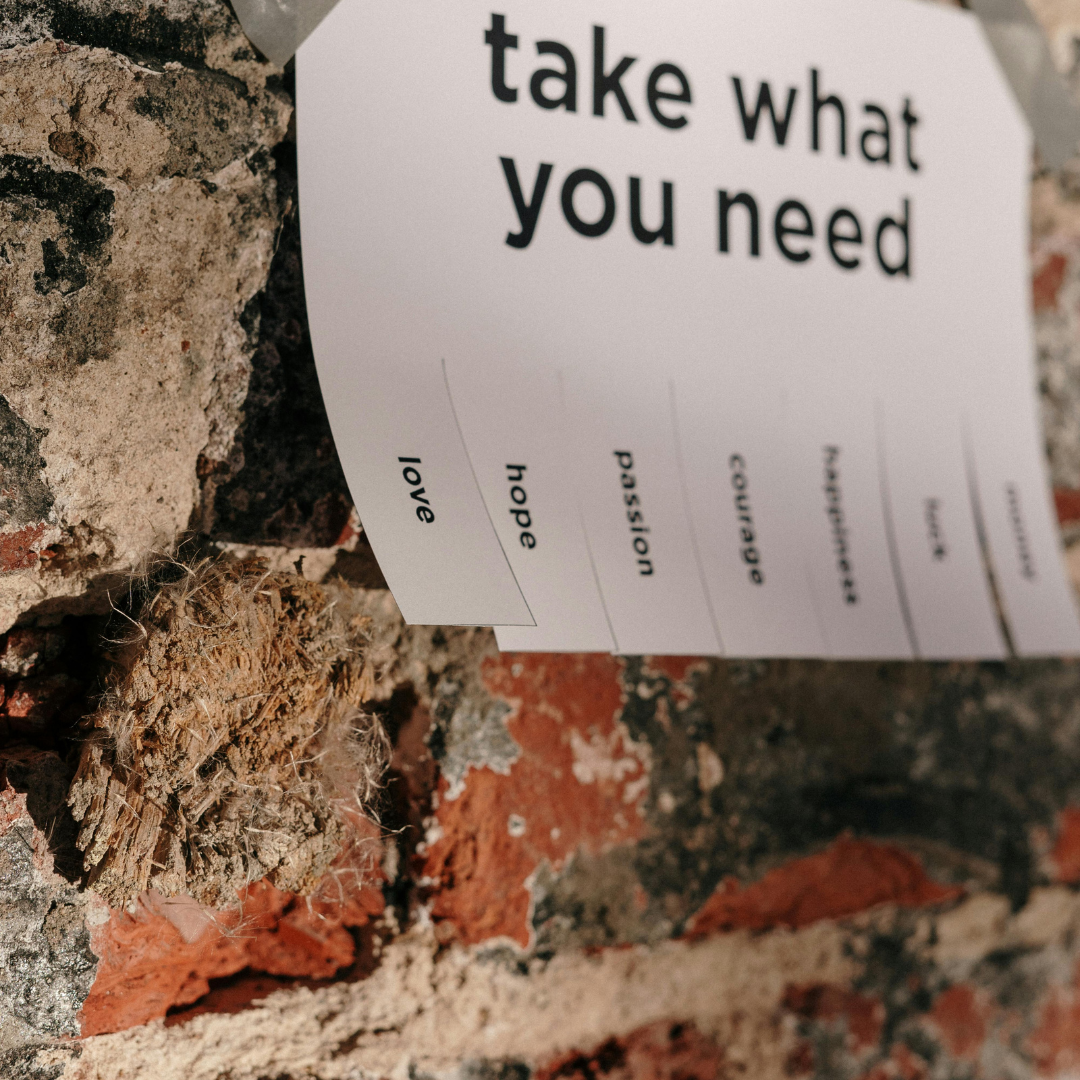How Drugs Affect the Brain: Stimulants & Depressants

The science of addiction spans across multiple areas of the body. When we explore how drugs affect the brain, we have to consider the various types of substances people abuse and how each of them impacts different areas of the brain and central nervous system. Understanding the effects of drugs on the brain and health can put addiction into perspective and encourage people to re-evaluate their choice to use.
According to the National Survey on Drug Use and Health, nearly 28 million Americans over the age of 12 used illicit drugs in 2016. Approximately one in 10 of those individuals had used illicit drugs in the past month.
With so many people around the country using drugs, it’s important to understand how they affect our health and ability to make the right choices for our own well-being. Just because a drug is legalized, for example, doesn’t mean it’s good for you.
The Different Types of Drugs and Their Effects
No two drugs are the same. Before we cover the different ways drugs affect the brain, we must define the different types of drugs people use. Here is an overview:
Depressants
Often called “downers,” depressants suppress brain function, inhibit communication, and leave people feeling relaxed. Popular depressant drugs include alcohol, barbiturates like Amytal, and benzodiazepines like Xanax.
Depressants sedate and slow down the central nervous system, leading to feelings of drowsiness and tranquility. Many people who abuse depressants were originally prescribed a sleep aid, sedative, or antipsychotic drug but ended up developing substance use disorder (SUD). Although their medication was prescribed by a doctor, people with SUD develop a tolerance for a drug and require higher quantities to achieve the desired effects.
Over time, the dependence on the medication leads to issues at work or school and negatively impacts personal relationships. The calming sensation brought on by depressants alleviates many of the symptoms of anxiety and depression, so people become addicted to the sleepy, dream-like state. Many people who have been prescribed a depressant are shocked to find themselves requiring treatment for drug addiction later on.
Stimulants
ADHD medications like Adderall and Ritalin are often abused by people who want the hyper-focused concentration and attention levels that come from abusing stimulants. Other drugs like crack cocaine, methamphetamine (crystal meth), and MDMA trigger a “rush” of energy and euphoria that makes people feel more alert, attentive, and sensitive to their environment.
Many college students abuse stimulants to help them study and meet important deadlines. Non-prescriptive use of stimulants can lead to chemical imbalances that result in depression, insomnia, and even seizures and heart failure.
Psychoactive Drugs
Drugs that change a user’s perspective of reality are called hallucinogens. When people go on a “trip,” they are prone to seeing or hearing things that aren’t really there. Common types of hallucinogenic drugs are:
- LSD
- Mushrooms
- Ecstasy
- Marijuana (in high doses)
- Mescaline
Hallucinogens are dangerous and unpredictable. The mood, setting, and emotions of a user will impact their experience, and it’s not uncommon for people to have a “bad trip” that leaves them feeling paranoid, panicked, anxious, or out of touch with reality. People on a trip are less likely to understand the consequences of an action and take risks that can endanger their lives and others.
Narcotics
The list of medicinal or prescription drugs that are often taken for non-health-related purposes includes narcotics. A few of the most frequently abused narcotics are heroin, opium, codeine, fentanyl, hydrocodone, and morphine.
In 2017, the U.S. Department of Health and Human Services (HHS) declared opioid abuse a national health emergency. According to the HHS, 11.4 million people abuse prescription drugs, and an estimated 2.1 million have an opioid use disorder.
Prescription drug abuse is only second to marijuana use in the United States. The rise of addiction must be addressed by providing greater resources, information, and services to people who find themselves struggling with SUD.
Areas of the Brain Affected by Drugs
There are three areas of the brain most affected by substance use: the cerebral cortex, the brain stem, and the limbic system. The cerebral cortex is the main operating center of the brain. It is divided into areas that support unique functions and control our senses as well as our ability to think clearly and solve problems. The cerebrum is the part of the brain that houses the cerebral cortex and limbic system. It makes up 85 percent of the brain’s weight.
The brain stem controls our most innate functions, including our breathing and heart rate. The brain stem also regulates sleeping patterns. In addition, it connects our brain to other parts of the body. When people are high on drugs, many of the physical side-effects, such as a rapid or slowed heart rate, respiratory changes, and issues with balance and coordination, originate in the brain stem.
The limbic system houses the brain’s reward center. Multiple structures in the limbic system work together and help people experience pleasure. Positive and negative emotions are also regulated in the limbic system. A chemical imbalance brought on by drug use can result in unexpected and unpredictable mood swings and lead to worsening mental health issues.
Many drugs trigger the internal reward system and create feelings of overwhelming pleasure and euphoria. Over time, however, overuse causes the reward system to weaken. People develop drug dependencies and have to take higher doses of a drug to feel the same effects.
How Depressants Affect the Brain
Depressants affect people mentally and physically by repressing the central nervous system (CNS). When someone takes a depressant, they usually want to achieve a drowsy, relaxed effect. Depressants speed up the movement of a neurotransmitter called gamma-aminobutyric acid (GABA).
GABA blocks certain impulses between nerve cells and the brain. People who have taken a depressant will experience reduced brain function, fatigue, lower blood pressure, slurred speech, slower pulse and breathing, and general sluggishness and lack of coordination.
In high doses, depressants can cause people to fall unconscious into a coma. A high enough dose can slow the breathing and stop the heart. Depressant abuse has also been linked to depression, chronic fatigue, and breathing problems.
How Stimulants Affect the Brain
While depressants slow the brain function down, stimulants speed it up. Enhanced attention, concentration, and greater focus are some of the reasons people begin using stimulants. Stimulants are also the drugs responsible for the rush of euphoria and happiness we think of when we envision a “high.”
As mentioned earlier, stimulants include ADHD medications like Adderall and Ritalin, which are often abused in an academic setting. These substances are also abused by professionals who work in high-stress environments that require ultimate focus.
Other common stimulants include crack cocaine, methamphetamines, and even everyday chemicals like nicotine and caffeine. While a cup of coffee a day won’t likely have negative effects on your health, abusing drugs that overstimulate the brain can ultimately lead to depression and put you in a dangerous position. Stimulants trigger the rewards center in the limbic system and cause the body to be flooded with a rush of dopamine.
Dopamine, often referred to as the “feel-good hormone,” is responsible for humans’ ability to feel pleasure and find enjoyment in things. Prolonged stimulant use results in a dopamine imbalance that leaves people chasing the energized high of being on drugs. Without elevated levels of dopamine in their system, stimulant users are more likely to feel depressed.
How the Brain Gets Addicted to Drugs
Drugs change the way our brains process information. Just like with anything in life, our brain develops certain associations with drugs in our system and learns to only produce certain effects and reactions when specific chemicals are present. Nerve cells no longer send and receive information the same way once drugs have been thrown into the mix. Over time, the natural balance of the brain’s chemistry is affected.
Our own natural needs are diminished as the brain becomes fixated on receiving pleasure. Dopamine levels surge and then plummet after we use drugs that promote this feeling of pleasure in our brains. Over a period of time, the brain adapts to the process and begins to crave the same feeling over and over again.
Some people become addicted to drugs after only a few times while others may use for weeks or months before they develop an addiction. When learning about how drugs affect the brain, it’s important to also understand how long the effects last.
The Brain’s Recovery from Drug Addiction
Drug addiction destroys brain cells. Memory loss, learning difficulties, and emotional problems are often reported by people who are in the midst of recovering from an addiction. Healing the brain after drug use takes a lot of time, but thankfully, it can be done. The brain is a powerful organ that is known for its plasticity.
Neuroplasticity refers to the brain’s ability to change and develop over time. Even when parts of the brain are damaged or neural pathways have been destroyed, the brain is capable of functioning on its own while simultaneously repairing the damage. Because so many of the brain’s functions are spread throughout different areas, brain damage from drug addiction can still occur even as other parts of the brain evolve and readapt to perform different jobs.
The first step toward healing the brain from drugs is eliminating them from your system. Drug withdrawal has many mental and physical side-effects that are best handled by a professional. Depending on the severity of an addiction, withdrawal can even be life-threatening, which is why we don’t advise anyone to quit on their own. Having the support and resources you need to deal with substance use disorder is vital in the recovery process.
Addiction isn’t cured overnight, but learning about the recovery process and various treatment options available is the first important step toward getting sober. During the initial detox period, the brain may struggle to regain proper functioning without the help of drugs. However, over time, the brain is able to become strong and healthy on its own, and you will be able to go on and live a life free from the burden of addiction.
Healing Your Brain After Drugs
Research has found that alcoholics who quit drinking were able to grow new brain cells for years. People once believed that brain cells are only developed early in life, but now we know that adults can also grow new brain cells. In fact, they can continue to develop throughout the course of a person’s life even if that person has been addicted to drugs.




